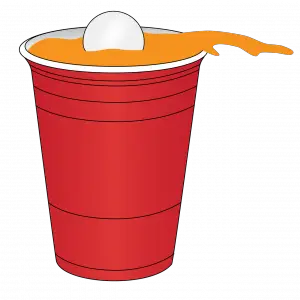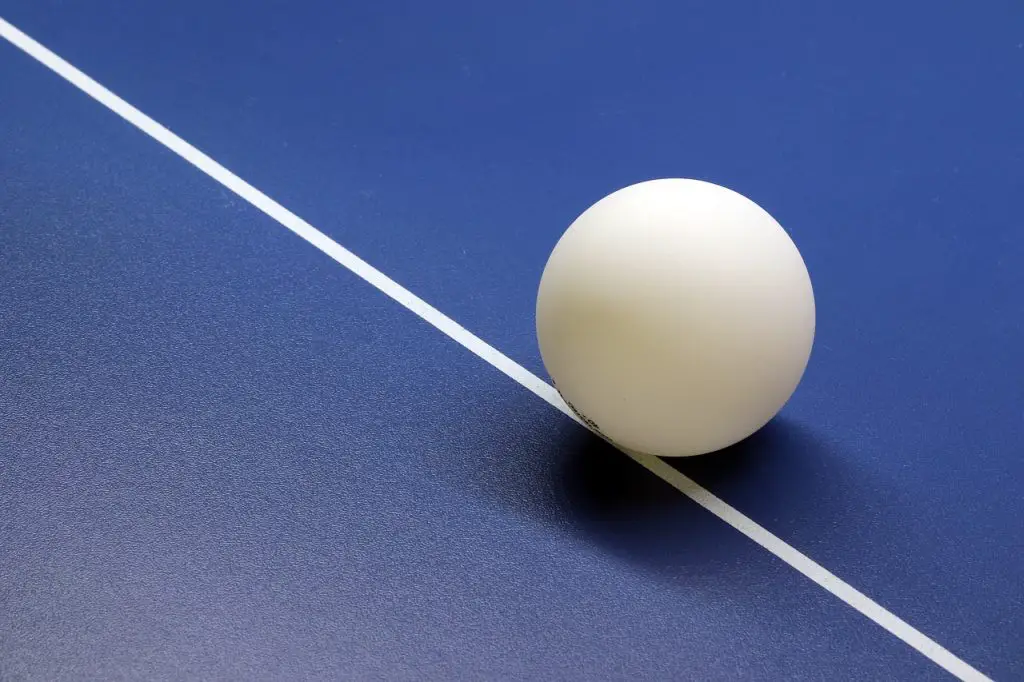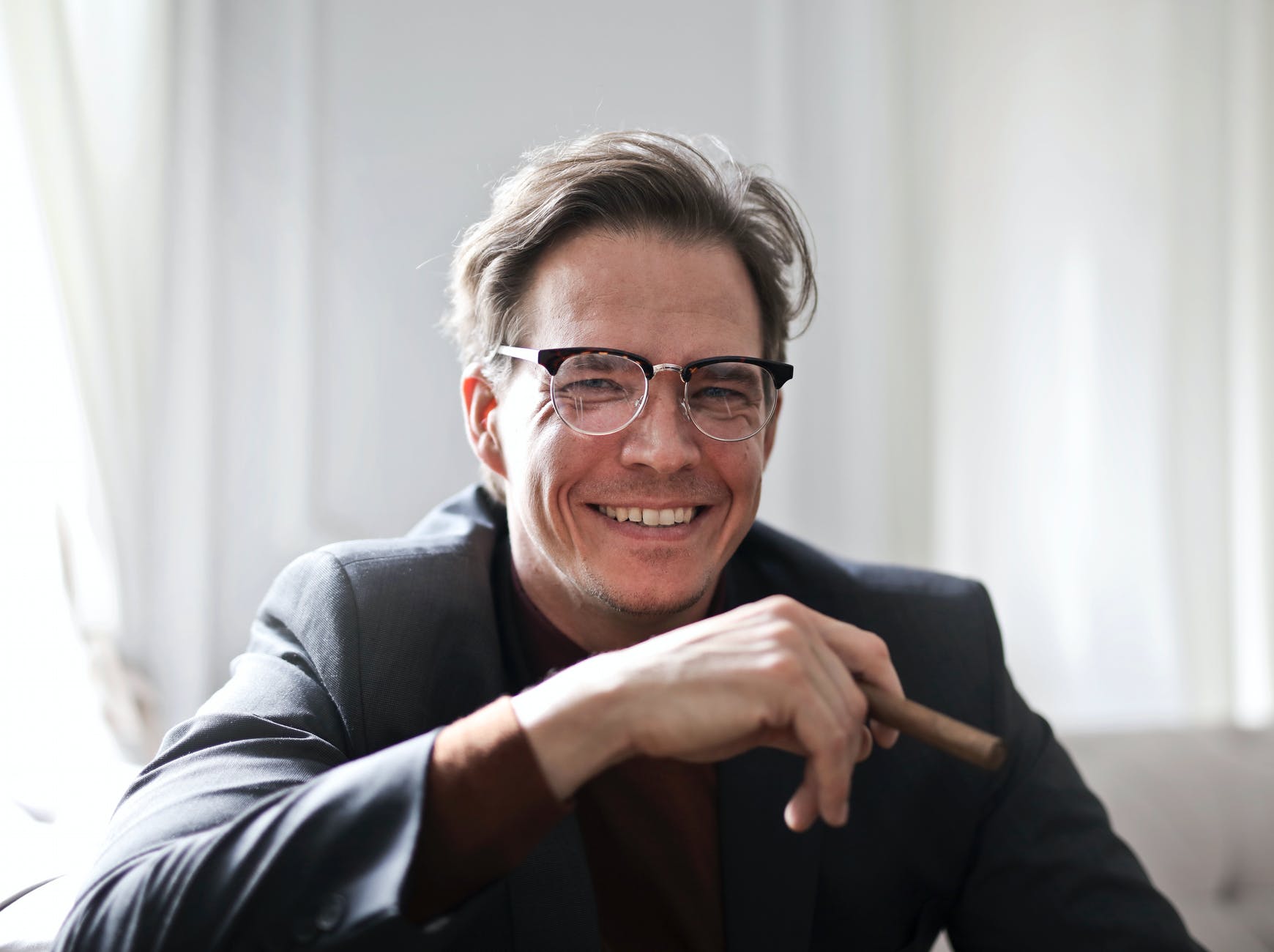There are a lot of ping pong balls out there in the market. All of them are not the same from the star perspective. They are categorized from 1 star to 5 star balls. However, we are going to analyze the difference between 1 star vs 3 star ping pong ball in this article. We are leaving the rest behind.
Everyone should know about the type of balls they are using. So stick through the end of the discussion here to get the most crucial differences between both the balls.
There are many differences between the 1 star and 3-star ping pong balls, but one of the most significant is their durability.
It is estimated that a 1-star ping pong ball will last about 6 hours on average while a 3-star ping pong ball can last up to 8 hours.
What’s more, it has been shown that players who use the 2-star or 4-star balls have an increased chance of injury because they are too light for some shots which require greater force.
The reason for this difference in durability is due to the composition of each type of ball. The 1-star balls are made from celluloid while the 3 stars are made from polycarbonate resin with cloth coverings over them.
Major differences between 1 star vs 3 star ping pong ball
Difference in spin
More importantly, there is a difference in spin between the two. A 3-star ball spins much more than the 1-star ball because it is able to spin faster (due to its greater durability) and has higher elasticity (ability to return into shape).
The drawback of this increased spin rate is that it causes the ball to fly off course more when it is not hit in the center.
The spin rate of 1-star balls is less because they are made with thicker felt covers that change their flight pattern when hitting them, which makes them fly straighter.
Also, it has been shown that due to its thick cloth coverings, there are unseen elements on the ball that also aid in its trajectory.
However, this difference between the two makes it difficult for 1-star players to adjust to playing with 3-star balls because of their increased spin rate.
To date, there have not been any major changes made in ping pong ball production because celluloid is an approved material by the International Table Tennis Federation (ITTF).
Difference in durability
3-star ping pong balls, when compared to 1-star ping pong balls, typically last longer. When compared to 1 Star ping pong balls, they last about 10 times as long.
The higher-star rated ball is made with a thicker plastic shell and a higher quality rubber core than the lower-star rated ball. These characteristics create a stronger design that lasts much longer than the other two.
Both the balls are excellent for most recreational needs and we don’t recommend any specific one over the other. However, because of the 3-star ball’s added durability, you are likely to get more for your money – which means that over time it might actually cost less.
1 Star balls are used by recreational players that don’t need a professional quality ping pong ball and they will play around 10 hours on average before needing a replacement.
The quality of the rubber core is the lowest allowed for a thin plastic shell that easily cracks or breaks.
Difference in ball bounce
The difference between a 1 star and 3-star ping pong ball is the thickness of the rubber on the surface.
The thinner rubber will give you more bounce in your shot with less effort, but it will also wear out faster than a thicker rubber paddle with greater durability.
what does ping pong ball star rating mean?

A ping pong ball star rating is a simple and fast way to measure the quality of a product or service. The more stars, the better. The higher the number of stars, the better it is.
However, it is not meant to be used as a precise measure of quality. It’s only an approximate way to quantify the quality.
If you are looking for exact measurements or if you need several factors measured precisely, this is not the right tool. This kind of stars rating system does not take into account dimensions and other technical specifications that can affect the performance of the product.
The star rating system is simply an easy, quick way to understand how good or bad something is without having to take notes or calculate numbers.
An example of using this kind of stars rating system would be when you are in a store comparing air filters and trying to decide which one to buy. While different people can have different opinions about which filter is best.
They may agree that a five-star filter is probably the best choice. After all, who would want to buy a low-quality air filter?
On the other hand, you are not expected to determine precisely how good each product actually is by looking at the stars rating.
You can rely on it as a general guideline, but not as an exact measure. Depending on the purchase you are looking to make. Different products can have completely different star ratings.
This kind of rating system is not meant to replace professional reviews. It should be used as a helpful guide for those who do not want to read through all the long and detailed reviews by professionals and influencers. It is intended to be simple and easy for everyone.
Another example where the stars rating system can be useful is Amazon. When you are trying to decide which product to buy, it can help if there are several ratings posted by people who have bought the item before.
The more positive reviews a product has, the more useful it can be to look at the star rating for that product.
Professional reviews and ratings, on the other hand, are meant to be precise and objective. They can help you understand more about a product’s features, specifications, materials used, and overall performance.
The best way to find out which one is right for you is to read the reviews or watch a review video.
ITTF Requirements For Table Tennis Balls
The ITTF has a number of requirements that must be met before a ball can be approved for use in international competition.
These include:
- Minimum weight of 2.7 ounces per dozen;
- A maximum diameter of 59 millimeters with no variation from any point on the circumference.
- The balls must bounce at least 53 centimeters when dropped from 1 meter to the playing surface, without touching anything else beforehand.
The ITTF has approved dozens of different balls for use in official competition. These include several types of celluloid (a soft plastic), various types of rubber (including “rebound rubber”), and other composite materials with unique properties.
ITTF Approved Table Tennis Balls
- Cloth Penn-Sports Competition Ball – Used for Olympic competition.
- Celluloid Penn-Sports Competition Ball – Used for some Olympic competitions, but has been replaced by the cloth ball.
- Celluloid Penn-Sports Tournament Ball – Used in non-Olympic competition.
- Celluloid Test Ball 1 – Test ball used to test table tennis cloth.
- Celluloid Test Ball 2 – Test ball used to test table tennis cloth.
- Rebound Rubber Test Ball 1 – Test ball used to test rubbers.
- Rebound Rubber Test Ball 2 – Test ball used for rebound rubbers only.
- Swedish ITTF One Star Ball – Approved for Olympic competition, but not used in most international events.
- Swedish ITTF Two-Star Ball – Used for some non-Olympic competitions.
- Penn Championship Ball – Approved in the USA only.
- Penn Defcon 1 Penn-branded ball – Not approved by the ITTF. Was used in the USA for a short time.
- Penn Defcon 2 Penn-branded ball – Not approved by the ITTF. Was used in the USA for a short time.
- Penn HS-6 Tournament Ball – Approved for use in North America only.
- Penn Ultimate Professional Ball – Not approved by the ITTF, but used in the USA for many years.
- Perfect Point SITTA Official Ball – Used for some European competitions, but not widely used outside of Germany.
- Tenergy 05 – The most widely used rubber by professional players. Approved for use in international play.
What are the best ping pong balls for beer pong?

Ping pong balls are used in beer pong to break the stalemate between two teams. The game is played with 10 cups of beer, strategically placed on the other side of a table.
Players take turns throwing ping-pong balls across the table at these cups, trying to knock them over and “sink” them before their opponents have a chance to do so. When one team has sunk all its opponent’s cups, that team wins.
When playing beer pong it is essential that you use quality balls made specifically for this purpose. Else they will not bounce well off surfaces as plastic or glass ones would due to their rubber composition.
Which does not give as much back when struck by another ball.
Is there a difference in table tennis balls?
It is important to know the difference between table tennis balls. The best way to do this is by looking at their composition and how they play on the table.
There are two types of balls, celluloid, and plastic. Celluloid balls are made from nitrocellulose (a form of gun cotton), camphor, alcohol, mineral oil, acetone, or benzene (depending on the brand).
These balls have a fuzzy surface that makes them spin much more than other kinds of balls. Plastic balls are often used in places where people might be allergic to celluloid or where it’s not allowed for environmental reasons.
They also provide less spin than celluloid ones but they bounce higher because they’re lighter than other kinds of balls.
Another difference between table tennis balls is the degree of vacuum. Balls are either regular or pro-grade, this means that regular balls have lower quality and therefore don’t play as consistently as professional ones.
This affects the bounce height, weight control, and spin significantly which is why it can be hard to control regular balls.
What is the difference between seamless and seamed table tennis balls?
A seamless table tennis ball is made of one piece of rubber that has been molded into the desired shape. Seamless balls are considered to be more consistent in size and bounce than seamed balls.
Which can vary slightly in size depending on where they were cut. The downside to these types of balls is that they are less durable than their counterparts.
A seamed ball has a seam running through them with two halves glued together, so it’s not actually seamless like its counterpart.
These types of balls will always have some inconsistencies due to the different thicknesses along the seams, but this also means they generally last longer because there is less pressure on any given area for an extended period of time.
What are the things to consider when buying ping pong balls?

It is true that ping pong balls are the most important thing in a game of ping pong. They can make or break any shot, and even a small difference in their quality can have an enormous impact on your enjoyment of the game.
That’s why you should take some time to consider what matters most to you when buying them.
Here are three questions to ask yourself:
1) What size do I prefer?
2) Do I want colored balls?
3) Do I need different weights for balls?
You may find that not all answers matter as much as others, but it’s worth taking the time to think about it before making a decision.
Let’s explore each question in more depth now…
1. What size do I prefer?
There’s no right answer to this question! It all depends on what you most feel comfortable with. The standard ping pong ball is 40 millimeters in diameter.
Balls above that size are for advanced players and those who like the game to be a little more physical, while balls under 40 mm can give newbies an advantage.
2. Do I want colored balls?
This is a matter of personal preference. Some players like to be able to distinguish the ping pong balls from others at a glance, while others prefer not to see them on the table at all and keep everything white. Balls with orange cores are also available for high visibility.
3. Do I need different weights for balls?
Weighted ping pong balls are available for players with special needs. These can include athletes with disabilities, people recovering from injury who don’t yet have the same level of hand-eye coordination, or seniors looking to stay active in their golden years.
The best ping pong balls for you are the ones you’ll use the most, so take some time to think through all of these points and find out what works best.
How much do ping pong balls weigh?
Well, it all depends on the size of the ball. Generally speaking, a standard ping pong ball weighs about 2 ounces. These are typically used in competitions and can be found at many sporting goods stores.
The smaller-sized balls are usually used by children under five years old, or they can be purchased as novelties for games like beer pong or flip cups. On average these will weigh between 1/4-1/2 an ounce each depending on their size.
What are the official ping pong ball regulations?
Ping pong balls are a must-have for any table tennis enthusiast. But did you know that there are rules and regulations about the size, material, weight, color, and markings on these tiny little things?
Here is a list of all the ping pong ball regulations.
Ping pong balls must be made of hollow plastic, with a diameter between 40 and 40.5 millimeters, and a weight between 2.7 and 2.9 grams.
They can be no more than 0.02 centimeters thick in the middle, 0.015 centimeters at the edge, and at least 0.03 centimeters tall.
300% of the mean diameter of a ping pong ball must be visible on any side. This means that if there is a mark on the ball, it may not be smaller than 0.5mm in diameter and no farther than 2mm from the edge.
The dots on each ball can only go up to 1mm from the edge and must be at least 1mm apart from each other.
What is the diameter of a ping pong ball?
A standard ping-pong ball measures 2.25 inches (57 mm) in diameter. The weight of the ball varies depending on its manufacturer but typically ranges from 2 ounces to 3 ounces (56 grams to 85 grams).
What’s a ping pong ball made from?
A ping pong ball is typically made of cellulose nitrate, or a type of plastic; however not all ping pong balls are made from the same material.
Final thoughts about 1 star vs 3 star ping pong ball
In conclusion, it is important to note that there are a number of factors that can affect the bounce rate and aerodynamics.
In addition, these variables may also come into play when comparing 1 star vs 3 stars ping pong balls in terms of their performance.
For this reason, we recommend conducting your own research before settling on either option for use in recreational or competitive playing environments.

Hi, My name is Benjamin Fink and I am the author of the ping pong reviewed blog. I am a sports person learning and sharing my knowledge with others about ping pong and other sports.
I have been playing ping pong for the last 17 years and teaching people about the game and writing new things about the game through this blog When finding something new. I have participated in serious ping pong tournaments in my country.
